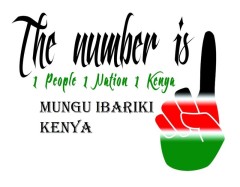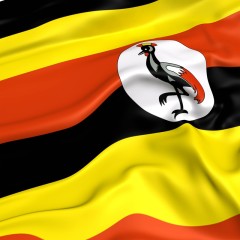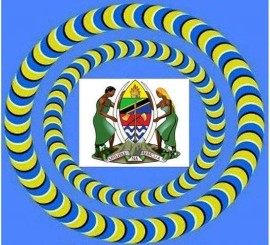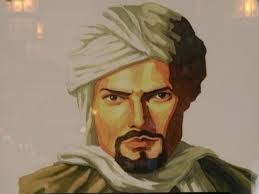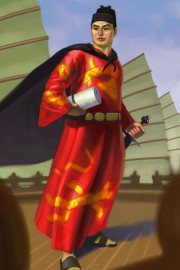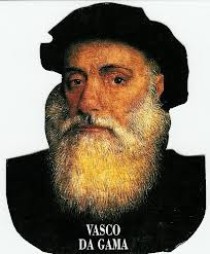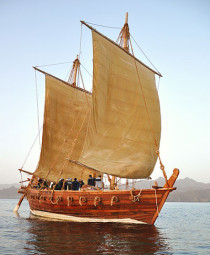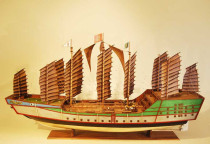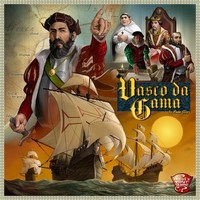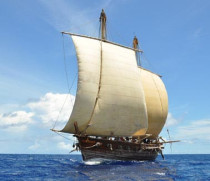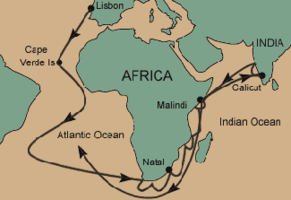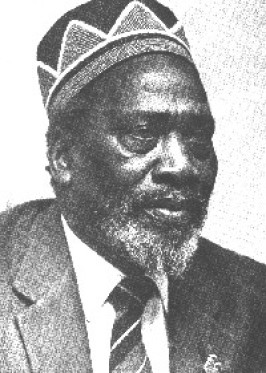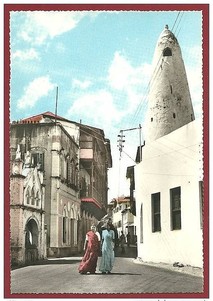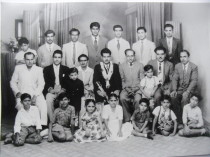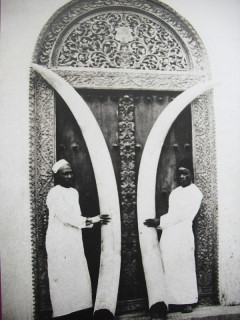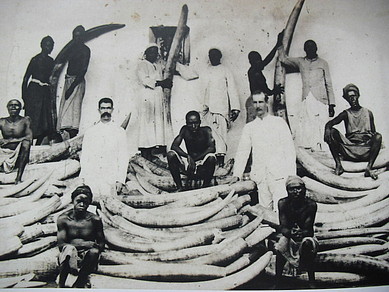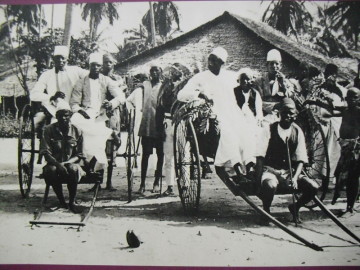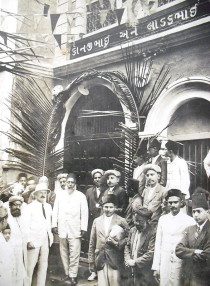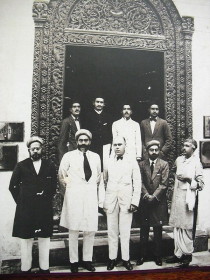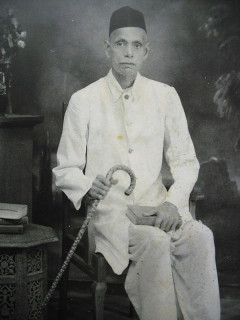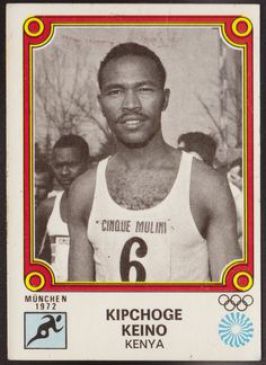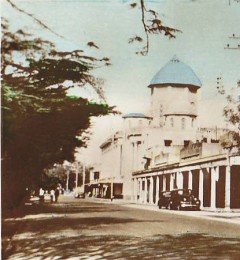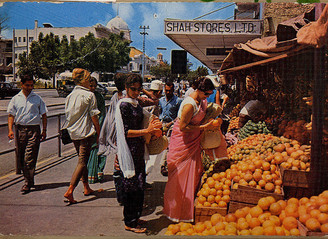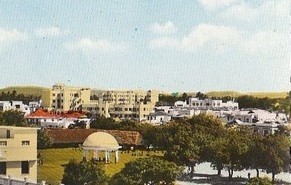The Church Missionary Society was established in Mombasa in 1844 and its first party missionaries to Uganda in 1877.
About Holy Ghost Cathedral
The year 1889 marks the beginning of Mombasa’s first “catholic mission”. Fr. Alexander le Roy, a Holy Ghost Missionary (C.S.Sp), is considered the pioneer of this initiative. The first
baptism took place on August 14, 1889, when Maria, the infant daughter of Diego and Natalie Pereira, was received into the Christian community.
The residence and chapel of the first missionaries was in Ndia Kuu (Mombasa old town), but already by 1895, the living conditions had become untenable and the obvious choice of a bigger
plot was now considered seriously. By January 1898, the formalities were complete and five acres were purchased in the area known as ‘Makadara’, the present site of the cathedral and priest’s
residence.
Frantic efforts were made to have a new church ready by Easter Sunday 1898. This new church seated about 400 people. But by early nineteen hundred, the building became inadequate for the
growing numbers. Therefore plans were made to construct a new church in Mombasa by 1919, and by 1923 the church was complete. Brother Gustave Walter supervised the construction work.
The architecture is Romanesque in style and has twin towers. The interior of the church is adorned with a marble high alter. Stain glass windows depicting St. Francis Xavier-patron saint
of the Goan community and St. Patrick, patron saint of Ireland are prominently visible.
The roof is a facsimile of that Westminster cathedral, London: the trusses are of Indian teak and each weigh a ton. The cathedral is of solid construction build with thick wall made of
coral stone.
The Priest’s residence adjoining the Cathedral was completed in 1900, and again is a permanent structure now 110 years old. In May 1955 Mombasa was erected a diocese and Bishop Eugene
Butler was appointed the first Bishop of Mombasa and Zanzibar, in 1957. Bishop Butler retired in 1987, and the first indigenous Bishop Nicodemus Kirima, succeeding him, thus became the second bishop
of Mombasa. In 1988 Bishop John Njenga was appointed the third Bishop of Mombasa until his retirement in June 2005.
The present Archbishop Boniface Lele, was appointed Archbishop and installed on 26th June 2005.
Compiled by Fr. John Correa:
Communications co-ordinator
Holy Ghost Cathedral, Mombasa
https://3rdworldarchitecture.wordpress.com/2017/12/07/holy-ghost-cathedral-mombasa/




